Causes and Treatment of Bile Duct Cancer
Aug. 15, 2023 #Prostate Cancer
What is Bile Duct Cancer?
Bile duct cancer, also known as cholangiocarcinoma, is a rare and aggressive form of cancer that affects the bile ducts. It forms in the bile ducts, which are long tube-like structures that carry bile from the liver to the small intestine.
Treatment Options
Treatment options for bile duct cancer include surgery, radiation therapy, chemotherapy, and targeted therapy. These treatments can be used alone or in combination depending on the stage and location of the cancer.
Surgery
Surgical resection, which involves the removal of the tumor and surrounding tissue, is the primary treatment for early-stage bile duct cancer. This procedure aims to remove the cancer completely and may involve removing a portion of the liver, bile ducts, and nearby lymph nodes. In some cases, liver transplantation may be performed for patients with advanced bile duct cancer.
Radiation Therapy
Radiation therapy uses high-energy beams to kill cancer cells and shrink tumors. It may be used before surgery to reduce the size of the tumor or after surgery to destroy any remaining cancer cells. Radiation therapy can also be used as a palliative treatment to relieve symptoms and improve quality of life in advanced cases where curative treatment is not possible.
Chemotherapy
Chemotherapy involves the use of drugs to kill cancer cells throughout the body. It is often used in combination with surgery and radiation therapy to increase the effectiveness of treatment. Chemotherapy may be given before surgery to shrink the tumor, after surgery to destroy any remaining cancer cells, or as palliative treatment to control symptoms and improve quality of life.
Targeted Therapy
Targeted therapy is a type of treatment that specifically targets the cancer cells and inhibits their growth. It works by interfering with specific molecules involved in the growth and spread of cancer cells. Targeted therapy may be used in combination with other treatments or as a standalone treatment for bile duct cancer.
Despite the available treatment options, the prognosis for bile duct cancer is often poor, especially in advanced stages of the disease. The cancer has a high rate of recurrence, and there are limited treatment options for advanced cases. However, ongoing research and clinical trials are focused on developing more effective treatments and improving the prognosis for individuals with bile duct cancer.
Prevalence and Risk Factors
- Bile duct cancer is rare in the Western world, occurring in 0.5–2 people per 100,000 per year.
- Higher rates are observed in Southeast Asia where liver flukes are common.
- Risk factors include primary sclerosing cholangitis, ulcerative colitis, cirrhosis, hepatitis C, hepatitis B, infection with certain liver flukes, and some congenital liver malformations.
- Most cases have no identifiable risk factors.
- It typically occurs in people in their 70s, but in those with primary sclerosing cholangitis, it often occurs in the 40s.
Bile duct cancer, also known as cholangiocarcinoma, is considered a rare cancer in the Western world, with a frequency of 0.5 to 2 cases per 100,000 people per year. However, higher rates of bile duct cancer are observed in Southeast Asia, where liver fluke infections are more common.
Several risk factors have been identified for bile duct cancer. These include primary sclerosing cholangitis, a condition that causes inflammation and scarring of the bile ducts. Ulcerative colitis, cirrhosis, hepatitis C, hepatitis B, infection with certain liver flukes, and some congenital liver malformations are also associated with an increased risk of developing bile duct cancer. However, it is important to note that most cases of bile duct cancer have no identifiable risk factors.
The age at which bile duct cancer typically occurs varies depending on the presence of specific risk factors. In general, the disease most commonly affects people in their 70s. However, individuals with primary sclerosing cholangitis are more likely to develop bile duct cancer in their 40s.
Prognosis and Survival Rate
Cholangiocarcinoma, or bile duct cancer, is typically diagnosed at an advanced stage and is often incurable. Early detection of the cancer is crucial to provide better treatment options and improve outcomes.
Surgical removal of the tumor offers a chance of a cure, especially in cases where the cancer is localized. However, recurrence of the cancer is common, even after successful surgery. This highlights the importance of close monitoring and follow-up care after treatment.
In addition to surgery, chemotherapy and radiation therapy are generally recommended as adjuvant treatments. These treatments help to destroy any remaining cancer cells and reduce the risk of recurrence. Chemotherapy and radiation therapy may also be used as palliative treatments to help manage symptoms and improve quality of life in advanced cases where a cure is not possible.
The prognosis for bile duct cancer is often poor, with a low overall survival rate. The 5-year survival rate for cholangiocarcinoma is typically less than 50%. This emphasizes the need for continued research and clinical trials to develop more effective treatments for this aggressive form of cancer.
Unfortunately, limited treatment options are available for advanced stages of bile duct cancer. This further highlights the importance of early detection and prompt initiation of treatment.


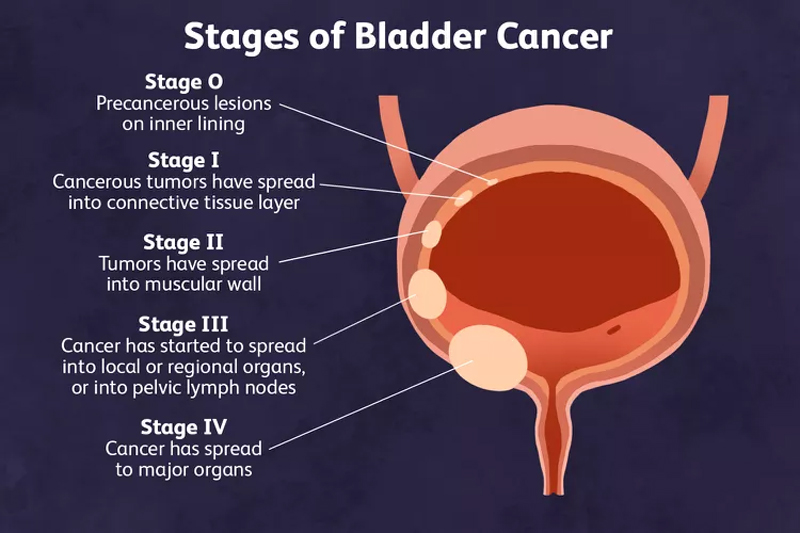




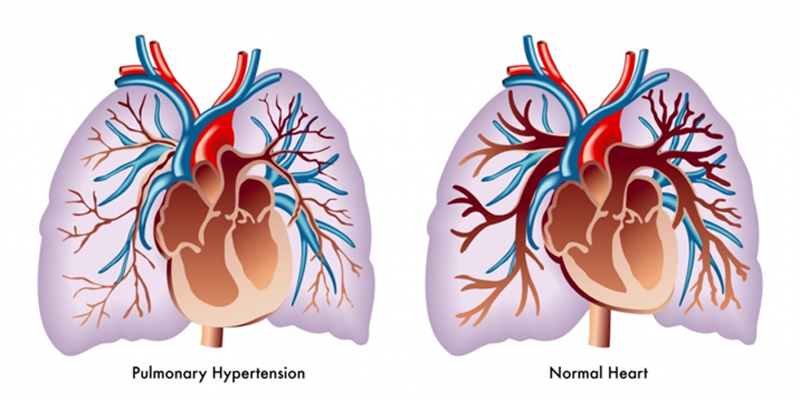
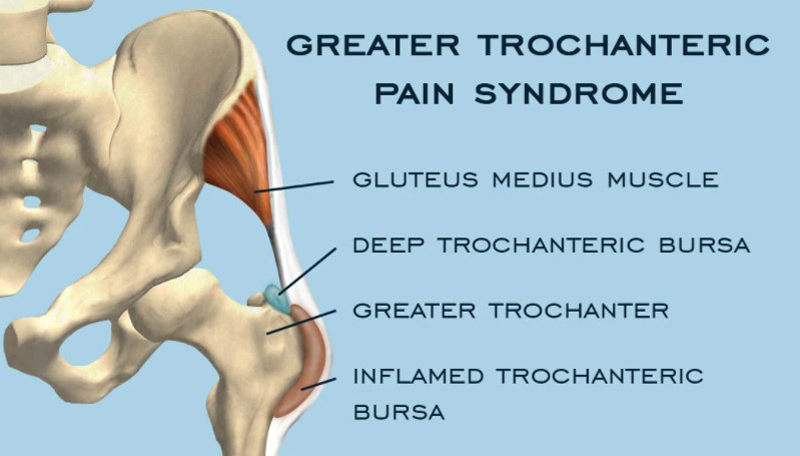
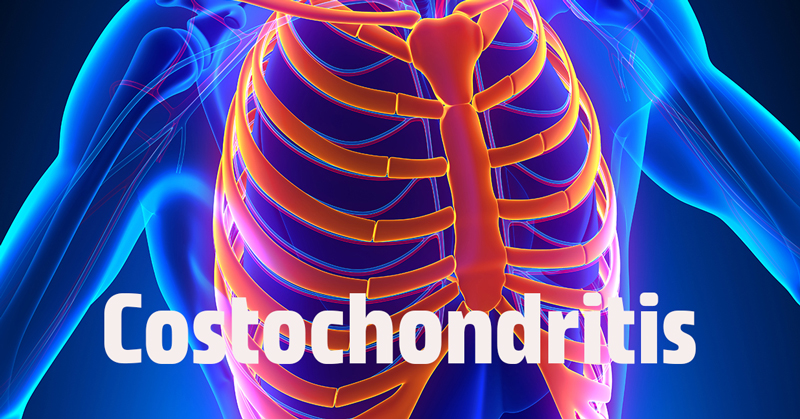
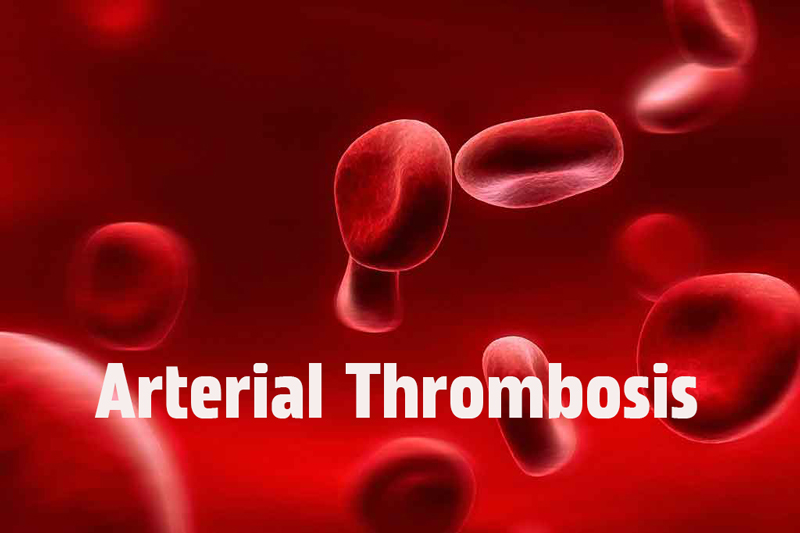
COMMENTS